Deck & Commander Strategies

Quintorius, Field Historian
This deck focuses on interacting with the graveyard to create spirit tokens and generate incremental value. By recurring creatures and leveraging spirits, it aims to build a board presence that can deal damage over time.
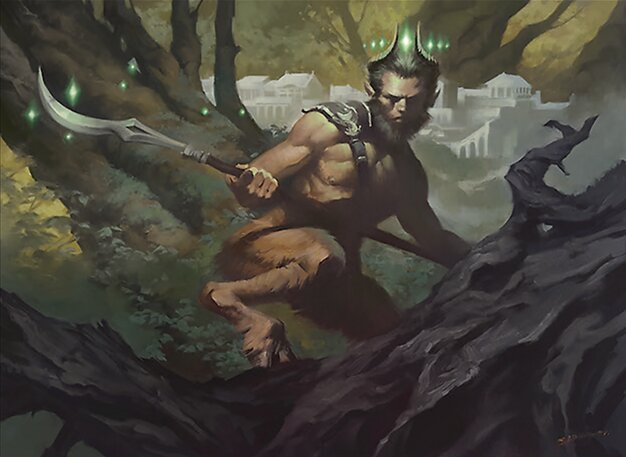
Satyr Enchanter
A low-cost enchantment deck that uses cheap enchantments to draw cards and gain incremental advantage. The deck aims to outvalue opponents through enchantment synergies and card draw, eventually overwhelming them.

Syr Konrad, the Grim
This deck centers on sending creatures to the graveyard and utilizing those interactions to ping opponents and control the board. It aims to drain life through consistent damage triggers from creature deaths and pings.


Gut, True Soul Zealot / Inspiring Leader
An aggressive Boros strategy that generates tokens and applies early pressure. It uses sacrifice and token synergies to maintain board presence and deals combat damage efficiently.
Gameplay Insights
- 1
Players prioritized early ramp and mana fixing with cards like Unbridled Growth and Darksteel Citadel to facilitate their strategies.
- 2
Sacrificing creatures to generate tokens and trigger beneficial effects was a key interaction, especially with Mortician Beetle and Gut's sacrifice abilities.
- 3
Satyr Enchanter's ability to draw cards off cheap enchantments allowed for sustained pressure and resource advantage despite the limited card pool.
- 4
Players showed restraint in combat, focusing on incremental damage and developing boards carefully rather than overextending early.
- 5
The game highlighted the unique dynamics of Pauper EDH where commons-only decks lean heavily on synergies between graveyard recursion, token generation, and enchantment-based card draw.
Notable Cards
-
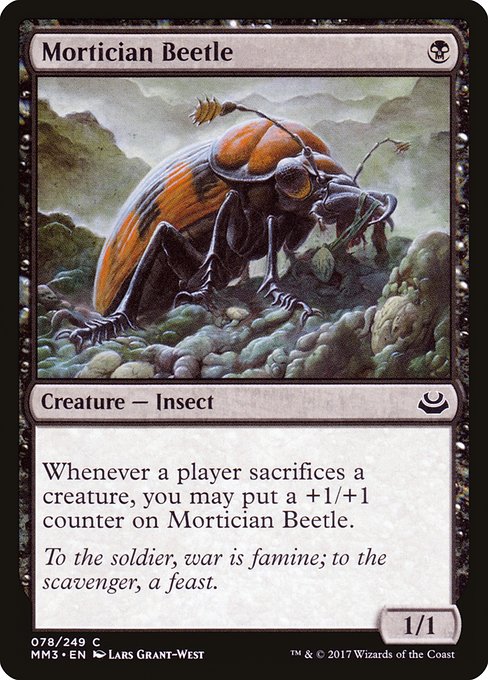
Mortician Beetle
-

Satyr Enchanter
-
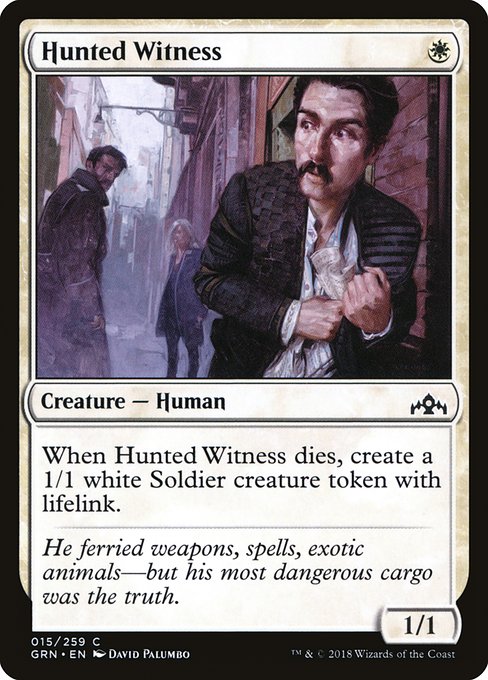
Hunted Witness
-
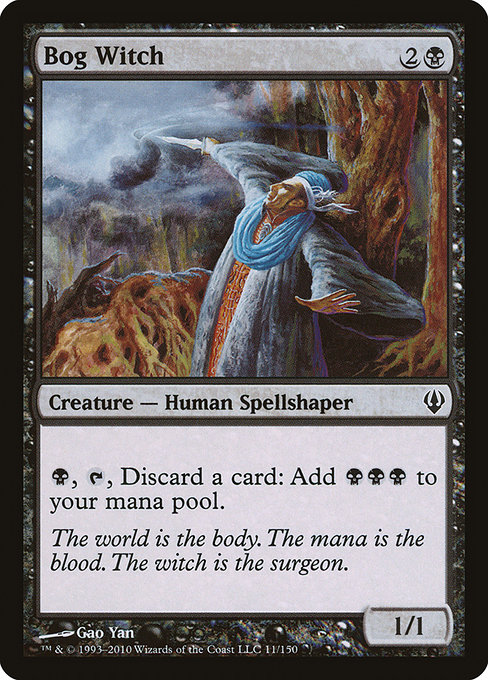
Bog Witch
Gameplay Summary
The game began with players focusing on establishing their mana bases and deploying early creatures and enchantments.
Satyr Enchanter quickly set up to draw cards and generate value from low-cost enchantments, while Quintorius aimed to utilize the graveyard and spirit tokens as his primary strategy.
Gut, True Soul Zealot, supported by Inspiring Leader, focused on aggressive Boros-style combat, creating tokens and applying early pressure.
Syr Konrad the Grim leveraged graveyard interactions and damage pings to control the board and slowly chip away at opponents' life totals. Early skirmishes included minor attacks and token sacrifices that triggered beneficial effects, such as Mortician Beetle gaining counters and creating skeleton tokens with menace.
The board developed with threats from each deck, highlighting the synergy between sacrificing creatures for value and drawing cards.
Key turning points included Gut generating aggressive tokens and leveraging sacrifice effects to pressure opponents, and Satyr Enchanter's ability to refill hands and maintain card advantage.
The game was marked by cautious attacks and measured responses as players assessed threats, with no immediate large-scale board wipes but a gradual buildup of forces aiming for incremental advantage and damage over time.
The win condition centered around leveraging common cards to generate steady damage through tokens, combat damage, and incremental value from graveyard and enchantment synergies.


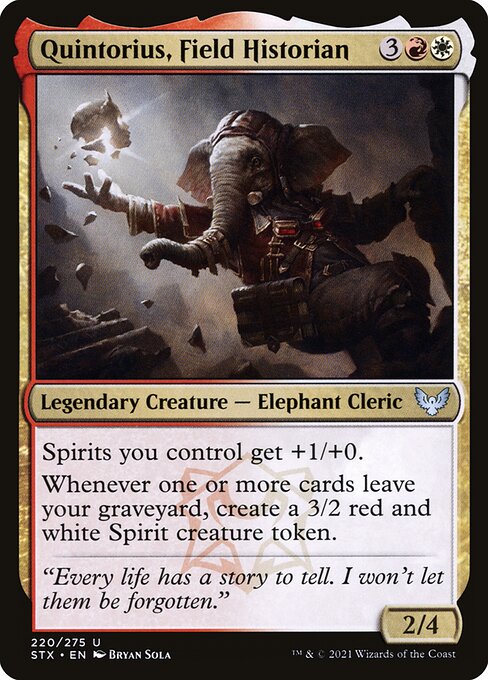

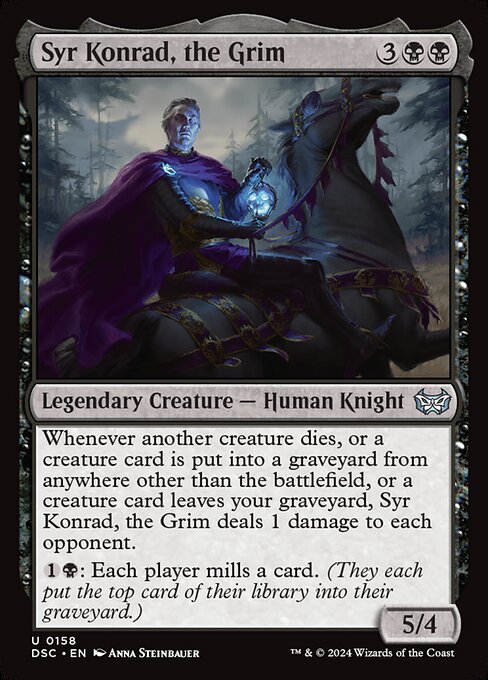












![Commander VS S17E4: Linden VS Syr Konrad VS Kenrith VS Torbran [EDH] thumbnail](https://i.ytimg.com/vi/PvUddo1rzeo/sddefault.jpg)
























![Pauper Commander EP:48 Denethor V Hallar V Gut V Armix / Ramirez DePietro [EDH gameplay] #mtg #edh thumbnail](https://i.ytimg.com/vi/349Djlb6q4Q/sddefault.jpg)